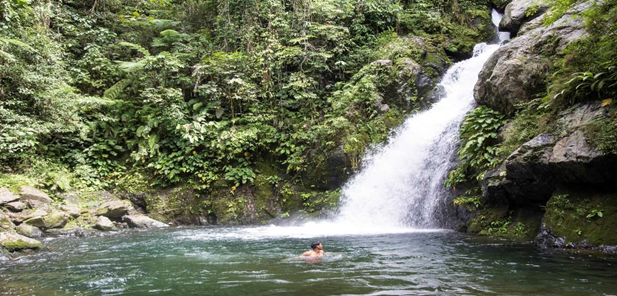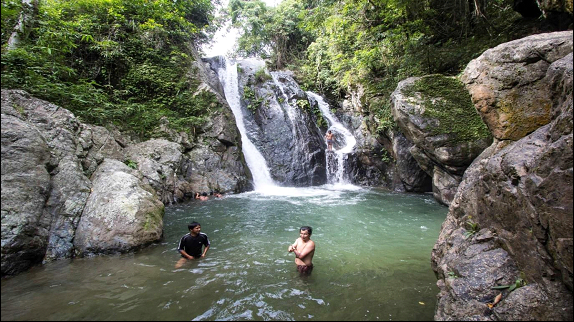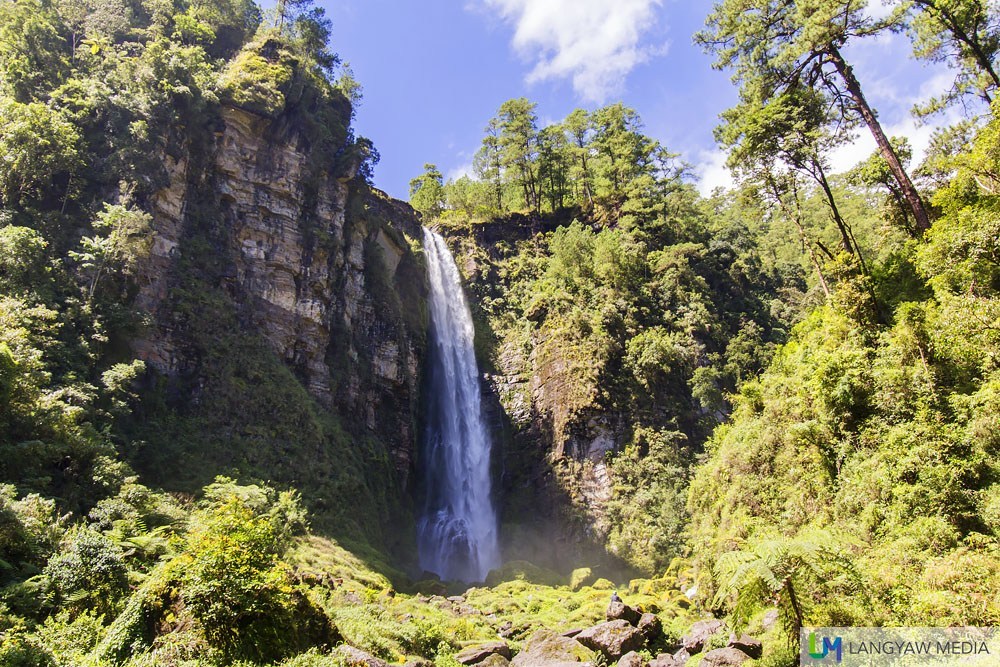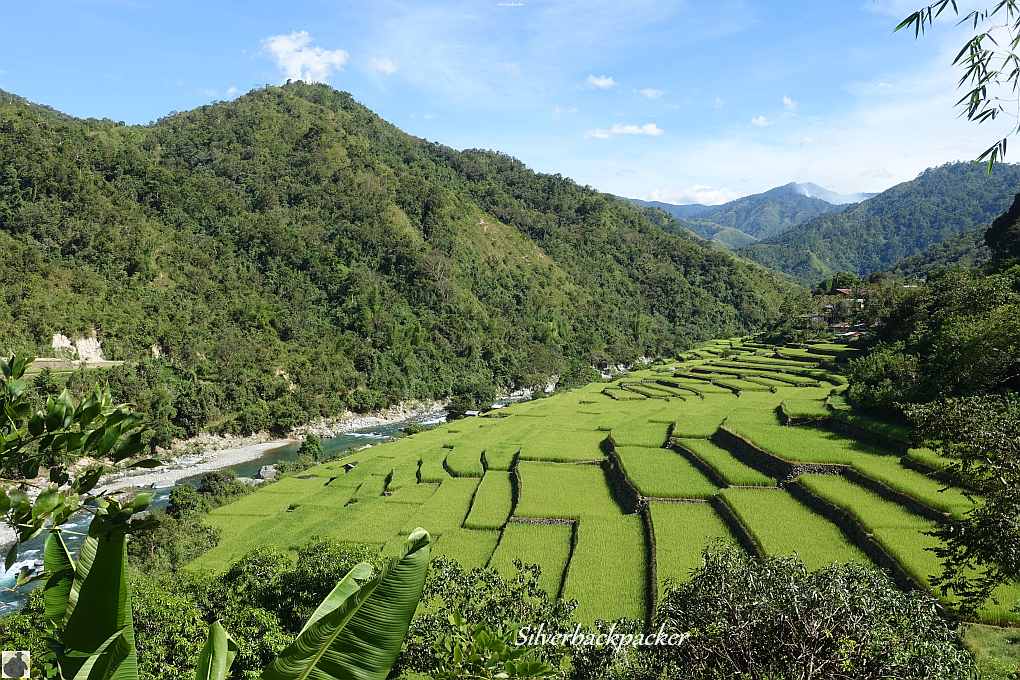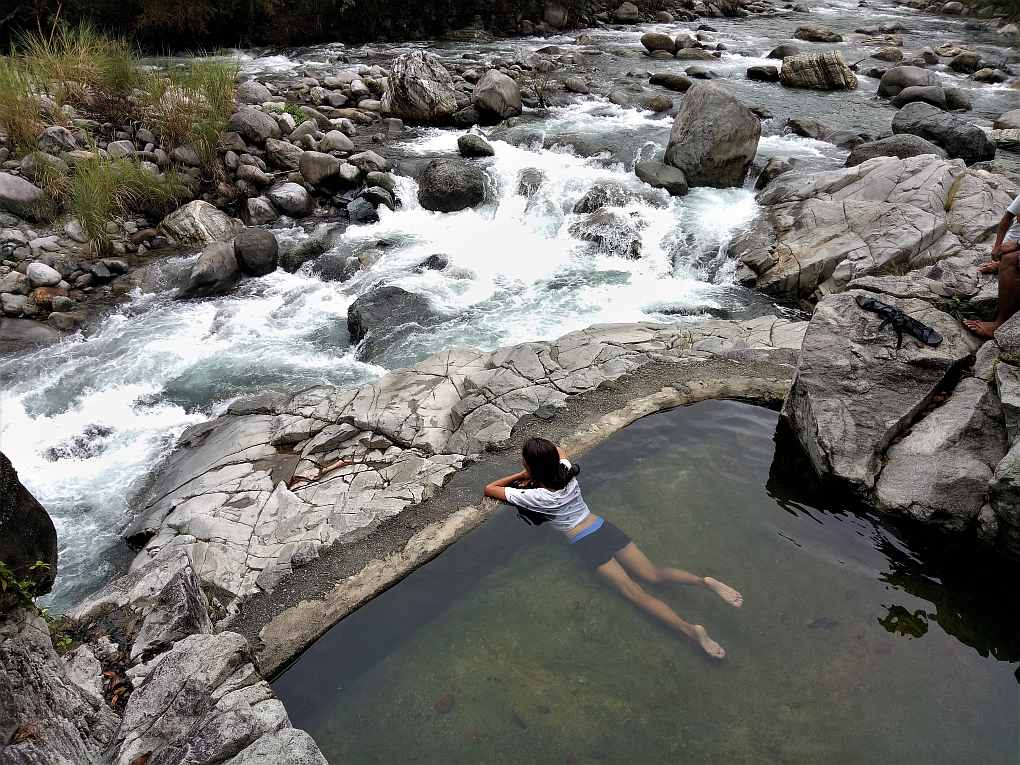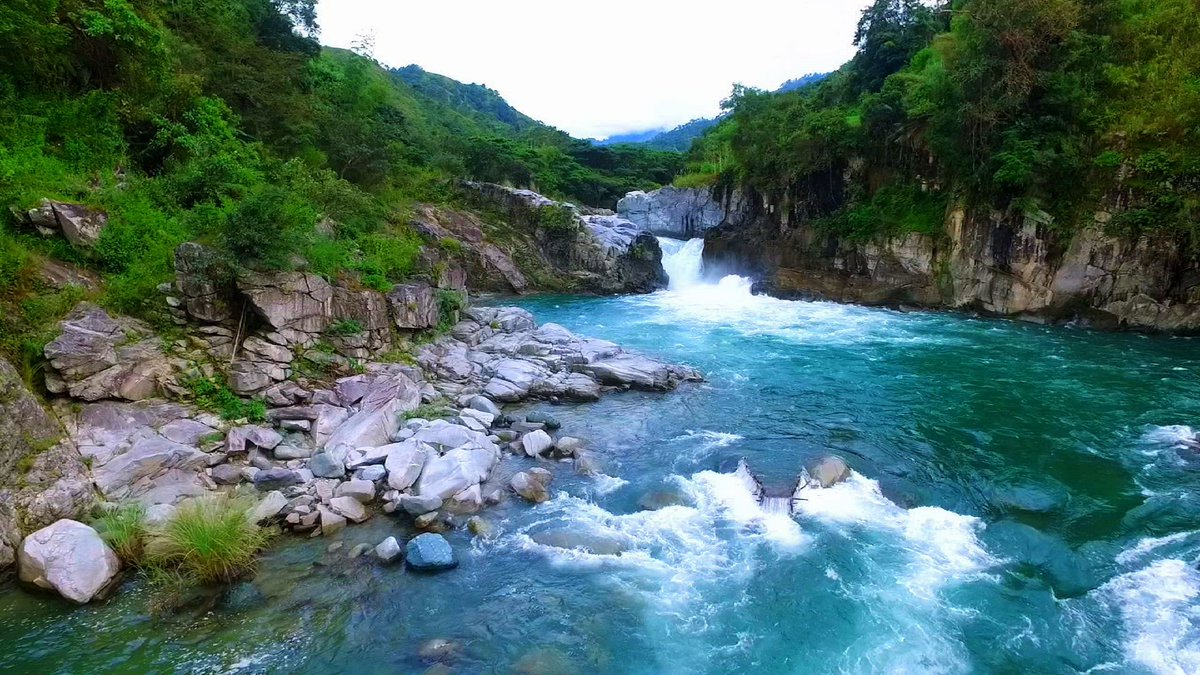Tubo, Abra
According to legend, the people of the municipality of Tubo originated from a single tribe known as the Maeng Tribe. The Maeng people came from a brother and sister couple named May-eng and Mayang who survived a great universal flood that destroyed all communities, fields and most living creatures. Many years passed and the offspring of May-eng and Mayang multiplied and scattered in search of sources of livelihood. The scattering gave rise to many communities, among them Lobo, Pesa, Kasangan, Kawangi, Balikwey, Tiking, Bacnono, Dataan, Maeng, Nomococan, Teeb, Tubo, Baococ, Becac and Pakya. It is from these communities that the present 10 barangays of the municipality are formed: the barangays are: Alangtin, Amtuagan, Dilong, Kili, Mayabo, Sopo, Tabacda, Tiempo, Tub-tuba and Wayangan.
During the long years of Spanish Occupation, the Maeng Tribe never recognized the foreign government establish. It only yielded to the American government by giving honey wax in lieu of the P2.00 residential tax imposed on them.
Before World War II, Tubo was composed of two districts called Tiempo and Tubo. On August 18, 1965, President Ferdinand Marcos approved into law Executive Order No. 164. The order merged the two districts to form the municipality of Tubo.
During the long years of Spanish Occupation, the Maeng Tribe never recognized the foreign government establish. It only yielded to the American government by giving honey wax in lieu of the P2.00 residential tax imposed on them.
Before World War II, Tubo was composed of two districts called Tiempo and Tubo. On August 18, 1965, President Ferdinand Marcos approved into law Executive Order No. 164. The order merged the two districts to form the municipality of Tubo.
